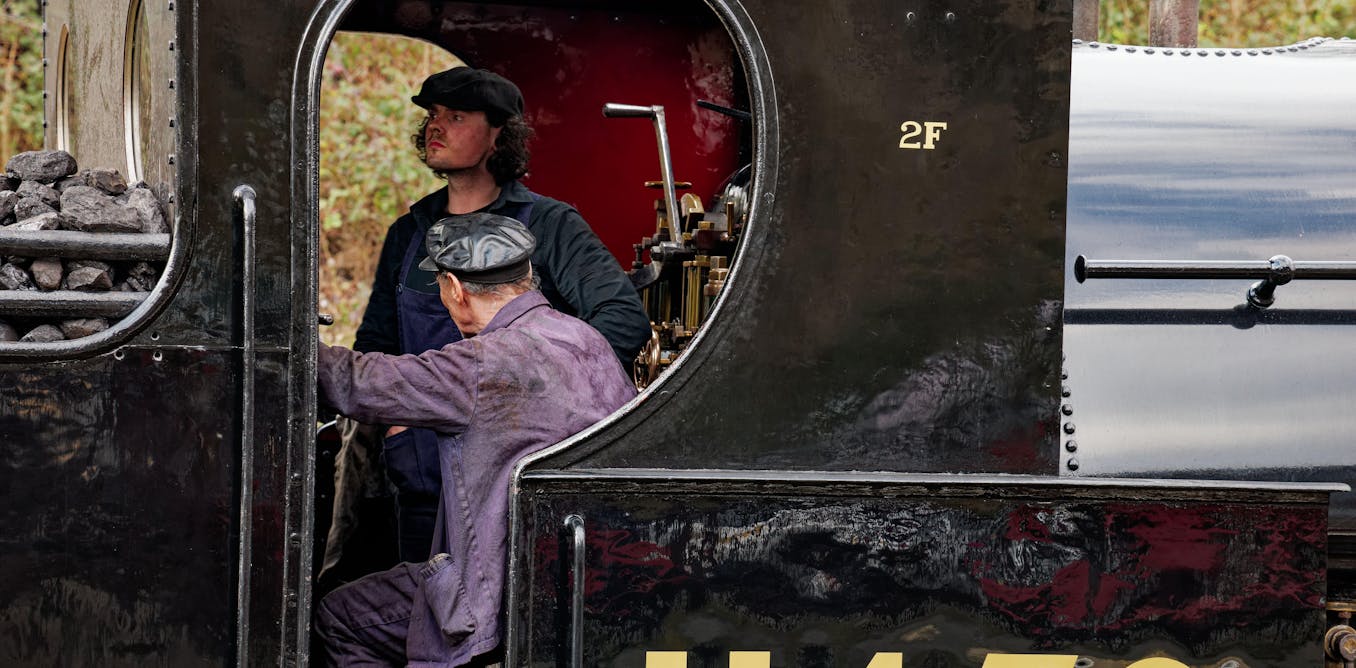The software used to control a robot is normally highly adapted to its specific physical set up. But now researchers have created a single general-purpose robotic control policy that can operate robotic arms, wheeled robots, quadrupeds, and even drones.
One of the biggest challenges when it comes to applying machine learning to robotics is the paucity of data. While computer vision and natural language processing can piggyback off the vast quantities of image and text data found on the Internet, collecting robot data is costly and time-consuming.
To get around this, there have been growing efforts to pool data collected by different groups on different kinds of robots, including the Open X-Embodiment and DROID datasets. The hope is that training on diverse robotics data will lead to “positive transfer,” which refers to when skills learned from training on one task help to boost performance on another.
The problem is that robots often have very different embodiments—a term used to describe their physical layout and suite of sensors and actuators—so the data they collect can vary significantly. For instance, a robotic arm might be static, have a complex arrangement of joints and fingers, and collect video from a camera on its wrist. In contrast, a quadruped robot is regularly on the move and relies on force feedback from its legs to maneuver. The kinds of tasks and actions these machines are trained to carry out are also diverse: The arm may pick and place objects, while the quadruped needs keen navigation.
That makes training a single AI model on these large collections of data challenging, says Homer Walke, a Ph.D. student at the University of California, Berkeley. So far, most attempts have either focused on data from a narrower selection of similar robots or researchers have manually tweaked data to make observations from different robots more similar. But in research to be presented at the Conference on Robot Learning (CoRL) in Munich in November, they unveiled a new model called CrossFormer that can train on data from a diverse set of robots and control them just as well as specialized control policies.
“We want to be able to train on all of this data to get the most capable robot,” says Walke. “The main advance in this paper is working out what kind of architecture works the best for accommodating all these varying inputs and outputs.”
How to control diverse robots with the same AI model
The team used the same model architecture that powers large language model, known as a transformer. In many ways, the challenge the researchers were trying to solve is not dissimilar to that facing a chatbot, says Walke. In language modeling, the AI has to to pick out similar patterns in sentences with different lengths and word orders. Robot data can also be arranged in a sequence much like a written sentence, but depending on the particular embodiment, observations and actions vary in length and order too.
“Words might appear in…
Read full article: Robotic Control Module: One AI Model for Any Robot

The post “Robotic Control Module: One AI Model for Any Robot” by Edd Gent was published on 09/13/2024 by spectrum.ieee.org






































Leave a Reply